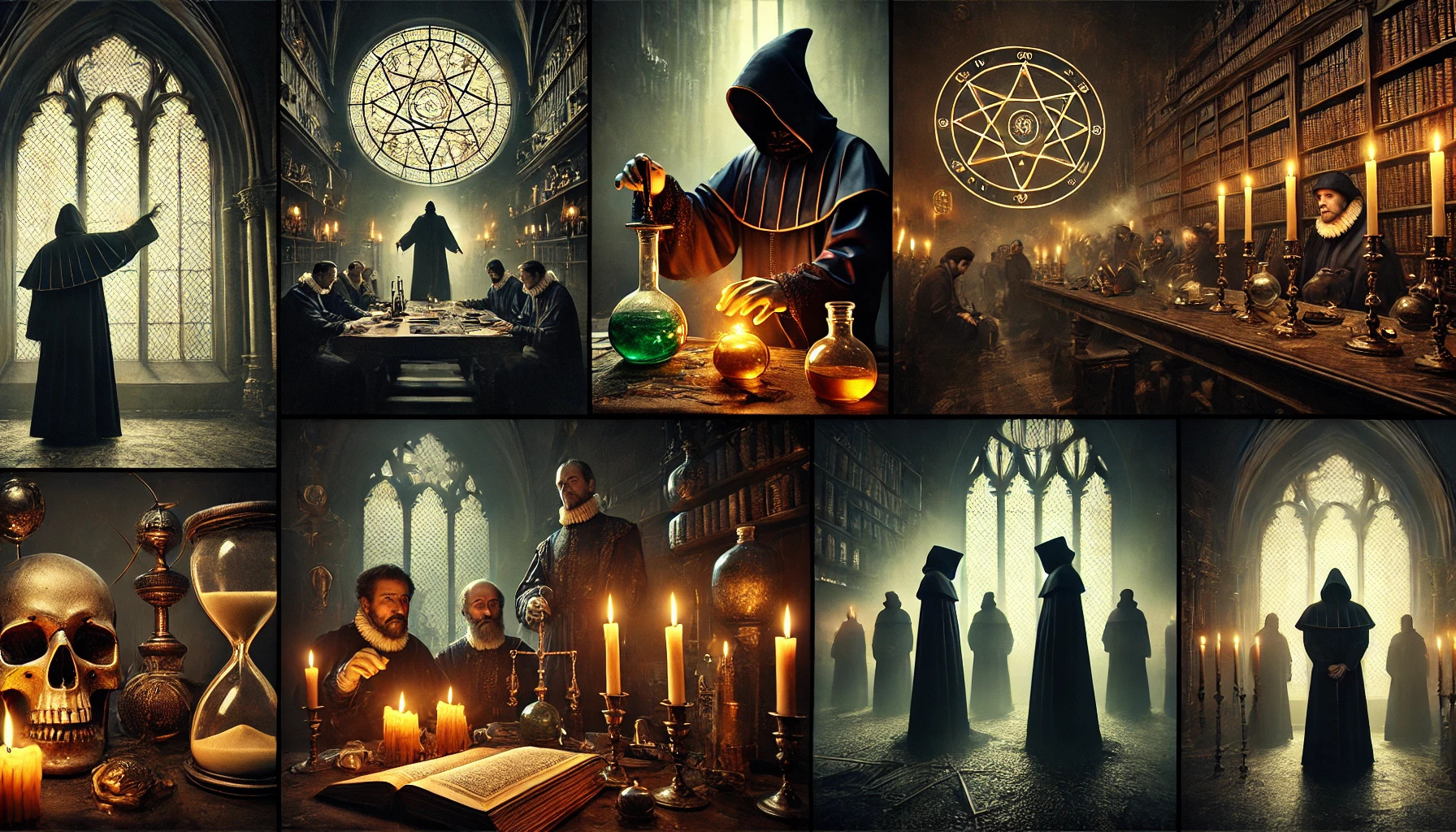The Renaissance is often celebrated as a time of great artistic, scientific, and cultural splendor. Men like Leonardo da Vinci, Michelangelo, and Galileo Galilei left an invaluable legacy to humanity. However, behind the facade of progress and beauty lies a dark side filled with political intrigues, corruption, and violence.
The Politics of Betrayal and Blood
The Renaissance courts were fertile ground for conspiracies and betrayals. Families such as the Medici in Florence, the Borgia in Rome, and the Sforza in Milan did not hesitate to use poison, the sword, and manipulation to consolidate their power. The famous Niccolò Machiavelli, in his work The Prince, described with cynicism and clarity the ruthless mechanisms of Renaissance politics, suggesting that a ruler should be feared rather than loved.
One of the most notorious examples of this dark side is Cesare Borgia, son of Pope Alexander VI, who became a symbol of unbridled ambition and cruelty. He systematically eliminated his rivals and used terror as a tool of governance, perfectly embodying the doctrine of Machiavellianism.
The Inquisition and the Persecution of Thought
Despite the Renaissance being a time of extraordinary intellectual flourishing, the Catholic Church did not tolerate ideas that could undermine its authority. The Inquisition ruthlessly persecuted anyone suspected of heresy or esoteric practices.
One of the most emblematic cases was Giordano Bruno, a philosopher and scientist who theorized the infinity of the universe. His ideas were deemed heretical, and after years of trials and torture, he was burned alive in Rome in 1600. Even Galileo Galilei, the father of modern science, was forced to recant his theories to avoid the same fate.
The Hidden Violence Behind Art
The patronage that enabled the creation of immortal masterpieces was often fueled by wealth accumulated through wars and exploitation. The great noble families and popes financed artists and scientists with funds obtained from oppressive taxes, looting, and illicit trades, including the slave trade.
Even Michelangelo and Leonardo da Vinci were involved, directly or indirectly, in these dynamics. Leonardo worked as a military engineer for Cesare Borgia, designing lethal war machines. Michelangelo received patronage from Pope Julius II, a warrior pope known for his brutality and expansionist ambitions.
Alchemy, Witchcraft, and the Occult Side of the Renaissance
Alongside the birth of modern science, the Renaissance was an era in which magic and alchemy were still deeply rooted. Many intellectuals, including Paracelsus and John Dee, explored the fine line between science and occultism.
Witchcraft accusations were common, and many people, especially women, were burned at the stake on charges of practicing dark arts. While the Church officially condemned these practices, some members of the elite secretly used them to obtain power and forbidden knowledge.
Alchemy, in particular, played a significant role in Renaissance thought. Considered both a science and a mystical art, it sought to transform metals into gold and achieve immortality through the Philosopher’s Stone. Scholars like Paracelsus revolutionized medicine by integrating alchemical principles into their studies, while John Dee, mathematician and astrologer at the court of Queen Elizabeth I, attempted to communicate with ultraterrestrial entities through the so-called Enochian magic.
Many nobles and rulers relied on astrologers and magicians to predict the future and ensure the success of their endeavors. Among the most famous was Nostradamus, whose prophecies still fascinate and unsettle us today. However, this thirst for forbidden knowledge carried severe risks: a mere accusation of heresy could lead to the hands of the Inquisition.
An Era of Contrasts
The Renaissance was an era of light and shadow, of extraordinary progress but also of countless atrocities. While it left us with immortal works and the seed of modern scientific thought, it also reminds us how the thirst for power, violence, and fear can coexist with beauty and human genius. Perhaps it is this very duality that makes the Renaissance so fascinating and relevant even today.








Leave a Comment